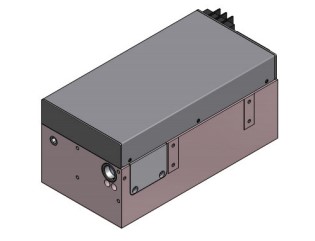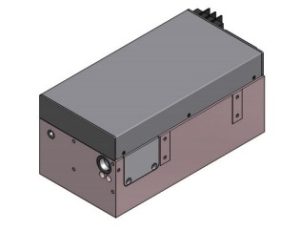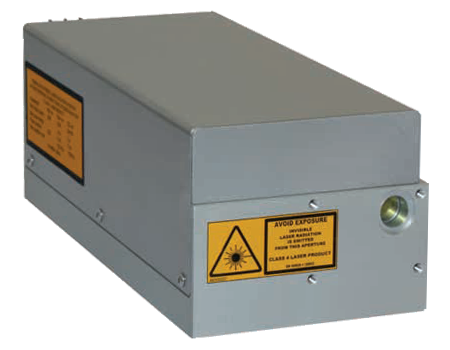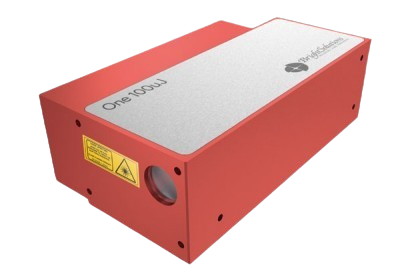Iris
DPSS Laser, ns pulsed, 447 or 671nm, up to 4W, up to 100kHz
The Iris Series is a line of low SWaP, air-cooled, nanosecond pulsed DPSS lasers at 447nm (blue) and 671nm (red), designed for air-to-ground & air-to-sea LIDAR, aerosol detection, and communications (blue wavelength’s exhibit high transmission through water and clouds), medical applications, and special marking applications. The Iris Series offers powerful and flexible lasers. With adjustable pulse width (15-50 ns) and rep. rate (50-100 kHz), an easily integrated, compact, all-in-one design, and optional add-ons, these lasers are ready to tackle demanding applications.
We’re experts in selecting the right laser for your application!
Iris DPSS Laser Configuration Examples:
Customization options are available. Let us know what you need!
| Wavelength (nm) | Output power (W) | Pulse width (ns) | Rep. rate (kHz) | Datasheet |
| 447 | > 2 @ 50 kHz | 15 to 50 | 50 to 100 | Iris 447nm |
| 671 | > 4 @ 100 kHz | 15 to 50 | 50 to 100 | Iris 671nm |
Benefits:
- Pulsed Blue (447 nm) wavelength:
Blue lasers are highly transmissible in water/clouds, perfect for air-to-ground/sea LIDAR, aerosol detection & communications. - Pulsed Red (671 nm) wavelength:
Red pulsed lasers provide utility with various medical applications and specialty marking & materials processing applications. - Highly compact, all-in-one, easy to integrate design:
Compact design allows for easy integration and installation in a wide range of applications. - Adjustable repetition rate and pulse width:
Adjustable 15-50 ns pulse width and variable rep. rate from 50-100 kHz provides flexibility for various application requirements.
- Air-cooling or optional water-cooling:
Air-cooling facilitates reduced size & weight, while the water-cooling options allows for optimal thermal management at the highest performance levels. - Optional Add-ons for enhanced capabilities:
- Low jitter option reduces variations in trigger delay, therefore reducing measurement error in ToF LIDAR for example.
- External beam expander allows you to set the beam diameter, reduce focused spot size, and adjust collimation at a distance.
- Water cooling allows for maximum thermal management when in full operation in hot, demanding environments.
Don’t hesitate to ask us anything!
| Wavelength (nm) | |
|---|---|
| Type | Pulsed DPSS Lasers, Low SWaP, Adjustable Rep Rate, High Peak Power, Low Jitter |

 SHIPS TODAY
SHIPS TODAY 







